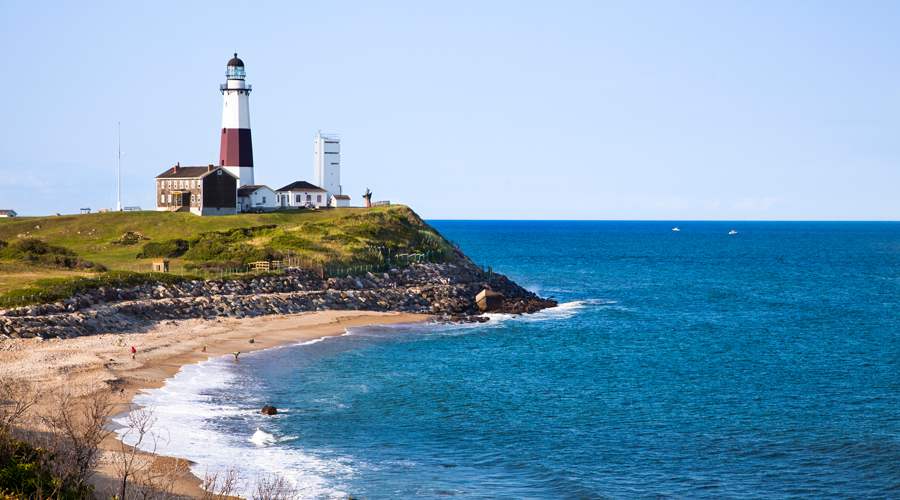Mid-Atlantic Lighthouses, the Postal Service’s latest stamp release, will arrive next week. Here are five facts about these shining sentinels of the shore:
1. Lighthouses have been around a long, long time. The oldest known lighthouse is the Pharos, constructed in the third century B.C. and named for the island on which it sat in the harbor of Alexandria, Egypt. At more than 350 feet, it was one of the tallest structures for centuries and one of the Seven Wonders of the Ancient World. It is considered the archetype for all subsequent lighthouses.
2. The United States has more than any other country. Almost 700 lighthouses dot the nation’s shores, with Michigan alone boasting almost 130. Boston Light is the oldest station, and the only one to retain a keeper in this digitized, mechanized age. Sandy Hook is the oldest standing tower, built in 1761. And Cape Hatteras is the tallest, at 193 feet.
3. They have support groups on each coast. The United States Lighthouse Society is based in Point No Point Light Station on Puget Sound north of Seattle and the American Lighthouse Foundation is based in Rockland, ME. Both aim to assist in the preservation and restoration of the country’s lighthouses, as well as to educate and inform the public.
4. Each has its own design and signal. The designs are called daymarks and are meant to distinguish one lighthouse from another. Most lighthouses also have their own light signature. Even in this digital age, if a ship’s GPS konks out, a mariner can still consult a Coast Guard light list, which will describe the color, length of time and range of a lighthouse’s beacon.
5. Liberty led the way in more ways than one. The Statue of Liberty served as a lighthouse between 1886 and 1901. Upon its arrival in the United States in 1886, President Grover Cleveland assigned control of the statue to the U.S. Lighthouse Board. After the Army Corps of Engineers nixed plans for balcony lighting, sculptor Frederic Bartholdi carved portholes in the statue’s torch. It was the first U.S. lighthouse to use electricity for power.
